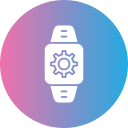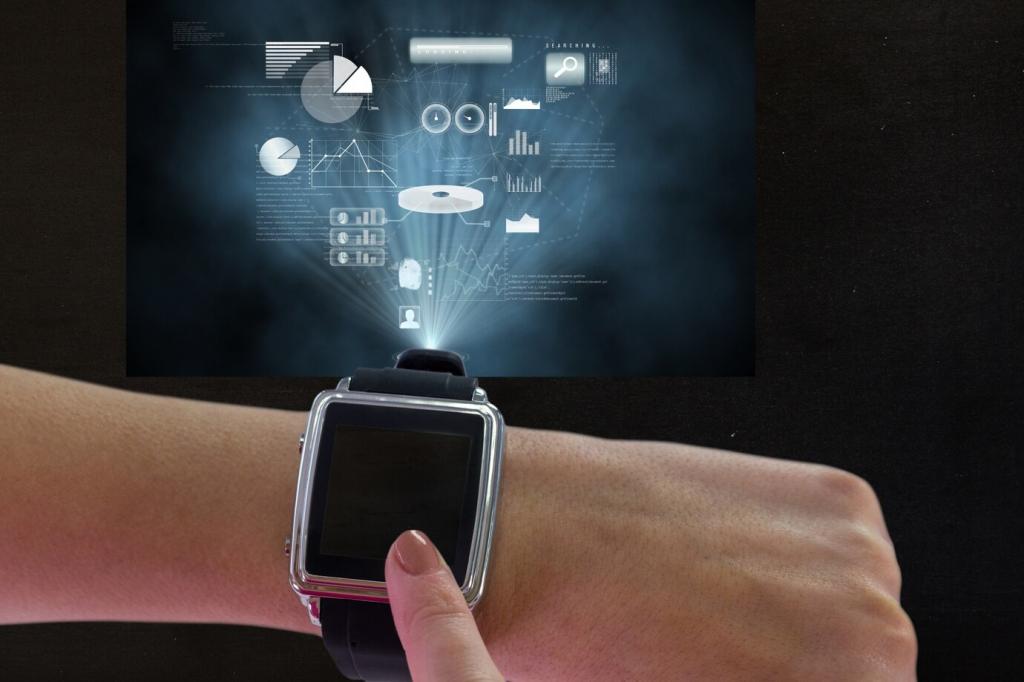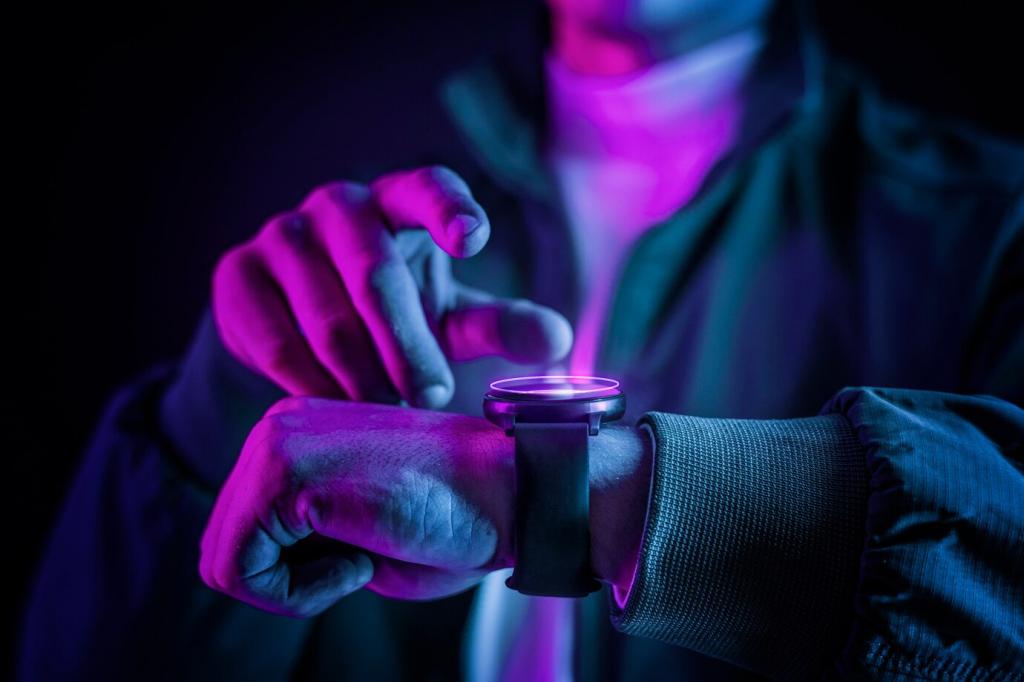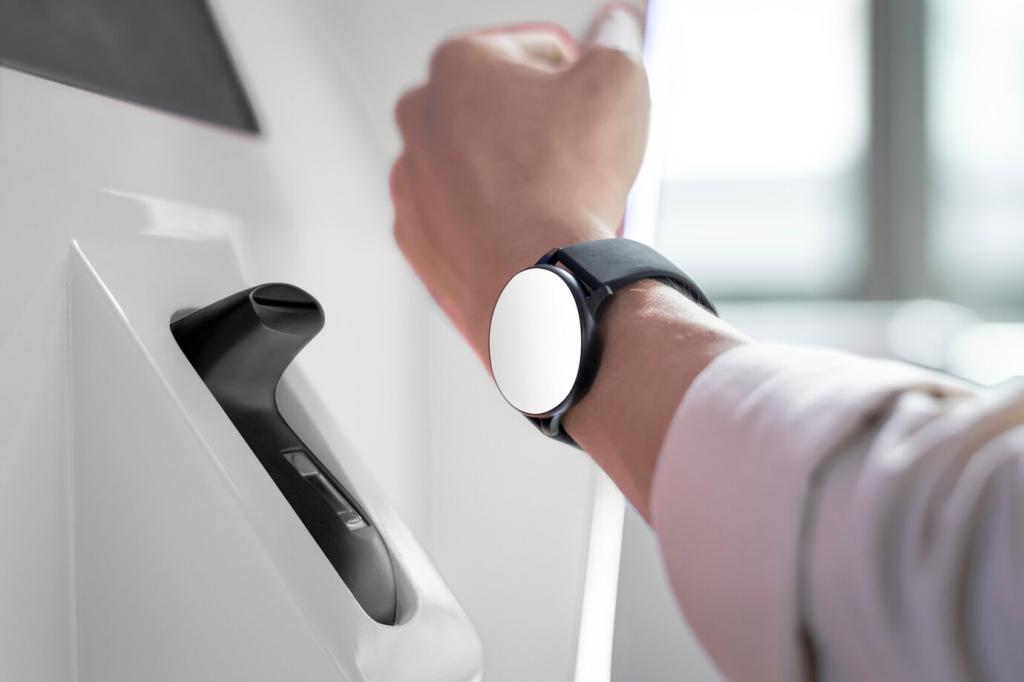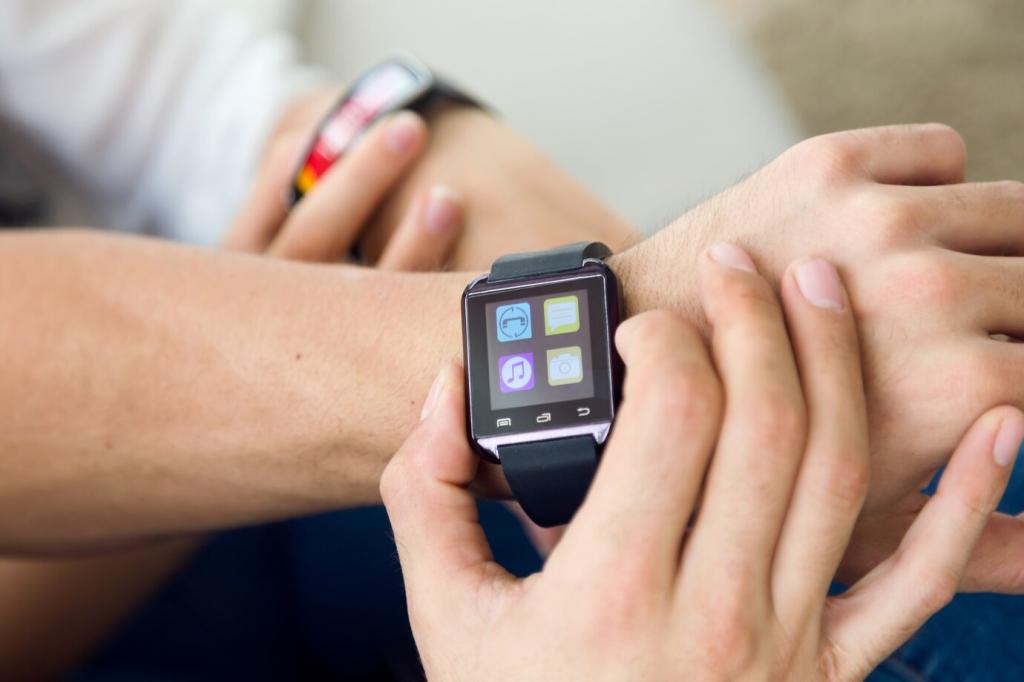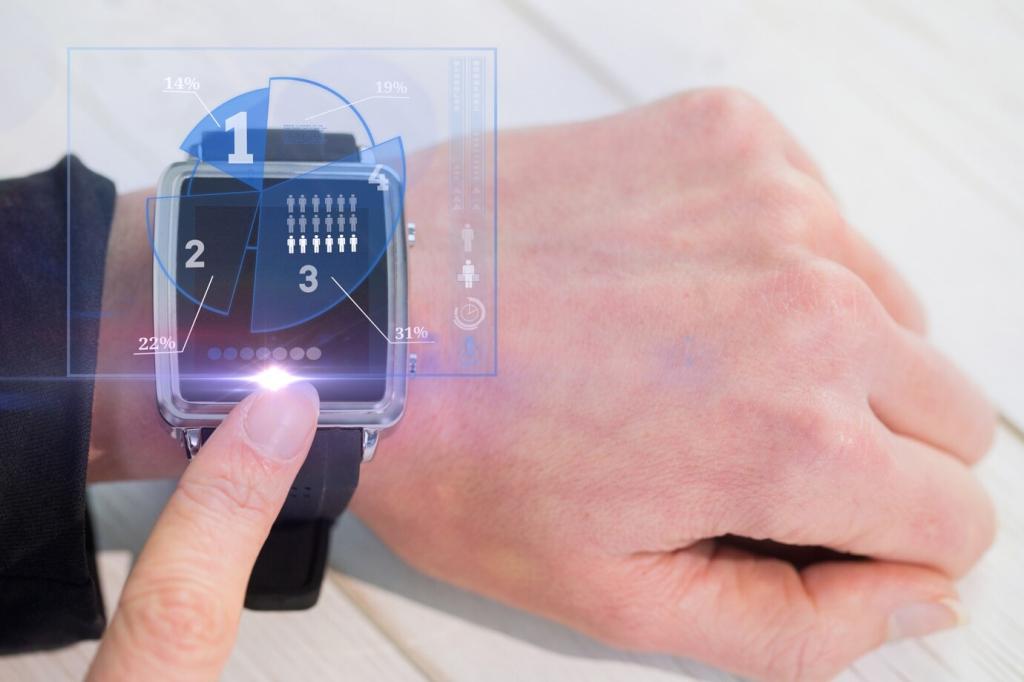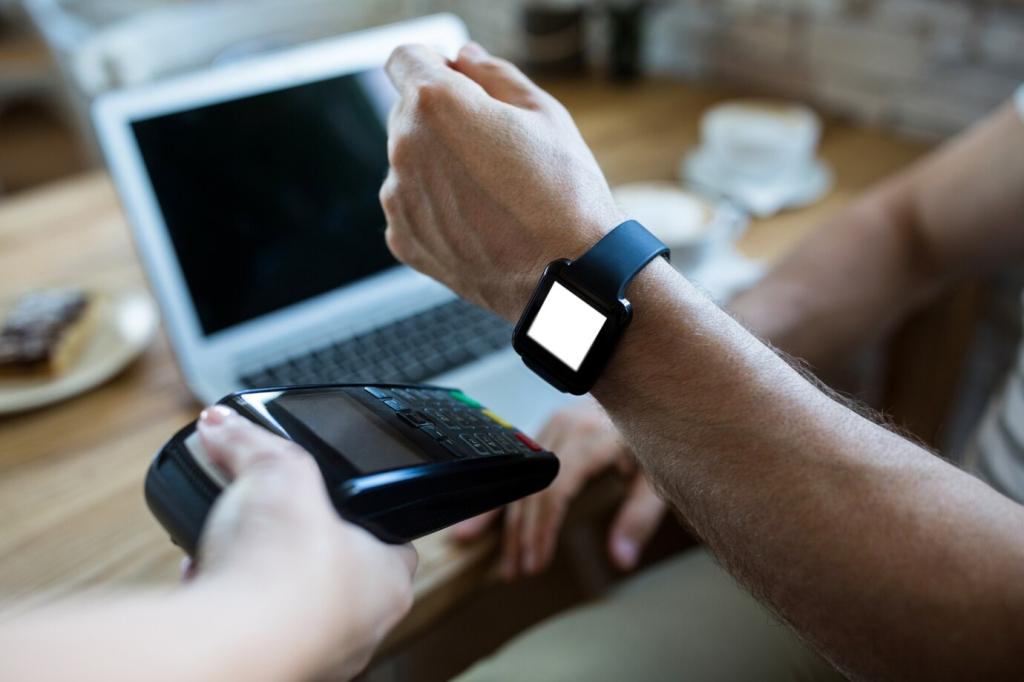Design Patterns Behind Real-World Wins
Success stories consistently highlight easy pairing, clear consent, and explainable settings. Trust grows when people know what’s collected, why it matters, and how to opt out. Remove steps, declare intentions plainly, and you’ll see more users stick around long enough to experience meaningful, motivating outcomes.
Design Patterns Behind Real-World Wins
Behavior changed when users got just-in-time prompts tied to context—stand after a long edit session, breathe before presenting, hydrate after a tough interval. Celebrate micro-milestones visibly. As case studies show, compounding tiny wins builds identity: people begin to see themselves as consistent movers, sleepers, or meditators.
Design Patterns Behind Real-World Wins
The best stories blend sensors with people. Coaches, clinicians, or friends help interpret trends and reduce anxiety. A simple message—“Good call resting today”—can transform data into reassurance. Build escalation paths and supportive communities so users feel accompanied, not judged, when metrics dip or routines wobble.
Design Patterns Behind Real-World Wins
Lorem ipsum dolor sit amet, consectetur adipiscing elit. Ut elit tellus, luctus nec ullamcorper mattis, pulvinar dapibus leo.
